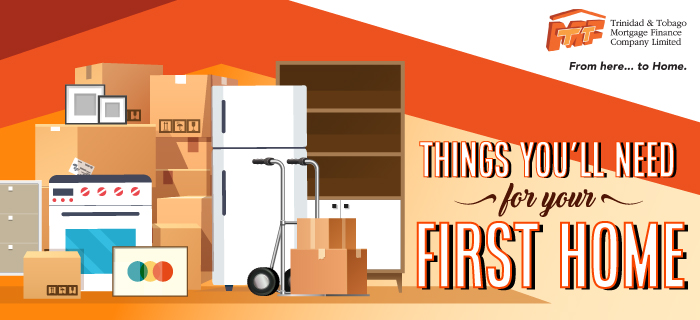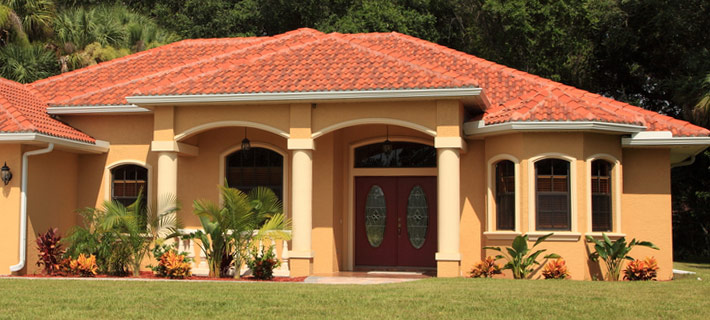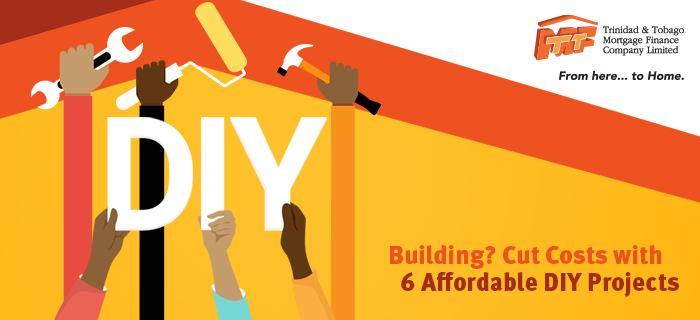Congratulations! The sale is final, and you’ve just bought your new home. One of the next big steps is furnishing your home. This can feel quite intimidating as there is likely much more space to fill than you had before. You’re also taking on the task of turning a blank slate into your own style. We’ve put together the following guide to help walk you through this new phase.
Take what you already own into account
If you already own furniture and appliances, list out your inventory. Reusing items you already have, takes the pressure off your wallet.
Assess each item based on its condition and the practicality of taking it to your new home. At the end of this exercise, you should be able to label every item either “keep” or “donate” or “toss”. All the “keep” items can then serve as the foundation for your home furnishing process.
Essential Pieces
The most important pieces to focus on first, are the ones that you use the most. Place priority on:
- Bed: So you have somewhere comfortable to sleep
- Fridge and Stove: So you can cook and store your food
- Dresser: This provides somewhere to keep your clothes if you do not have built in cupboards. You can also consider a temporary clothing rack while you decide on the perfect dresser or cupboard solution.
- Sofa: This provides somewhere to sit and to accommodate your first visitors.
- Dining set: This provides a place to eat comfortably. If you choose to hold off on investing in a dining set right away, you could also utilise a space such as a kitchen counter in the interim.
Other Furnishings
There are other practical knickknacks that make your house feel like home, such as cabinet organisers; waste baskets and lamps. Your choice will vary based on your personal preferences and priorities.
A helpful way to go about filling your home is to think about it one room at a time. Take a look at these home furnishing checklists like this one to get you started. It’s unlikely any one checklist will align exactly with your own personal taste and preferences, but it’s a great way to brainstorm.
Take Your Time
Take all the time you need and remind yourself not to feel obligated to decorate your entire home as soon as you move in. Once you have the essentials, you can take more time to figure out the trimmings. You can decorate piece by piece over time, which helps to make sure each item has a specific purpose. This also helps prevent impulse purchases and a tendency to go overboard. You can also use this period to create a ranked list of the items you think you need – reassess this list in a few days or weeks to see if you still feel the same way.
Find used and hand-me-down pieces where possible
Why buy an item brand new, if you can acquire it in good condition for a portion of the price? Reach out to family members and friends to see if they have any unwanted furniture that they hadn’t had the time to sell or give away. Find garage sales and check newspaper listings. Second-hand furniture can also be transformed with a new stain or coat of paint to match your style and colour preferences.
Make it your own
You can add personal touches in a variety of low-cost ways. For example, you can paint an accent wall or add plants into the space. You can also have fun with affordable DIY home decoration projects ranging from painting your own abstract artwork to adding wallpaper onto a dresser or other furniture pieces for extra pizzazz.
We hope you enjoy the process of furnishing your new home!







